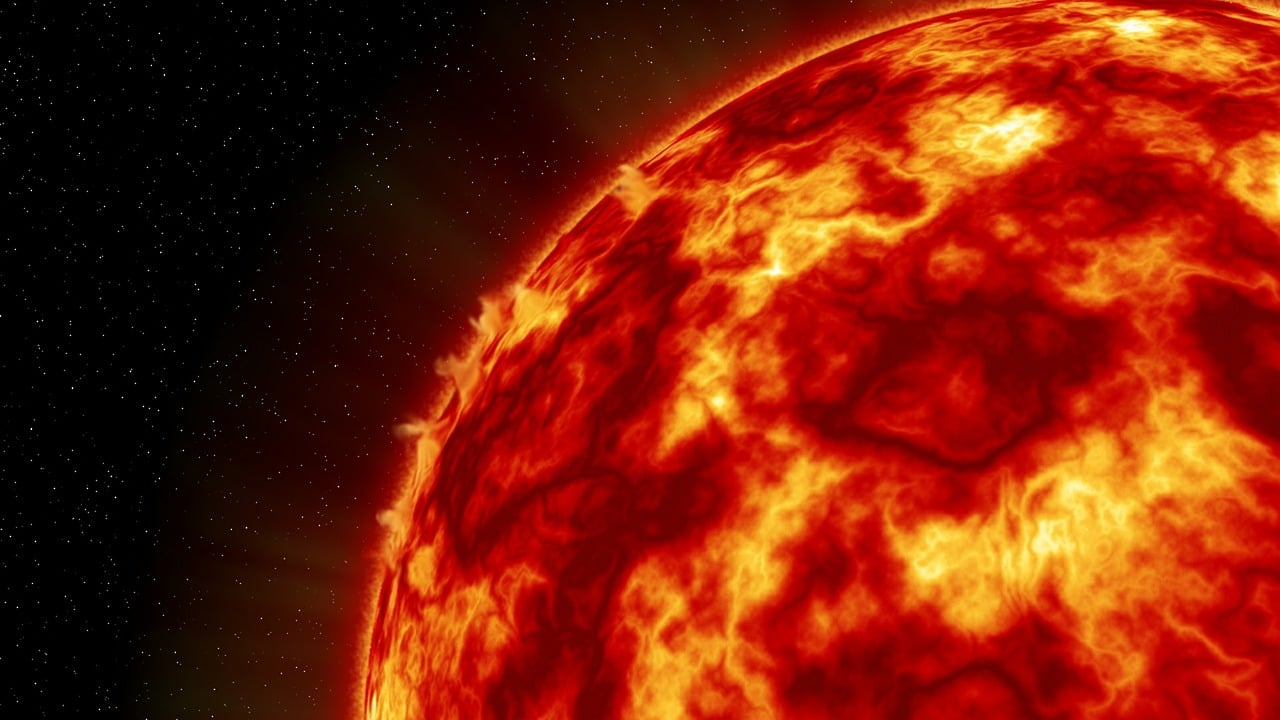NASA has powered on the new sun tracking instrument that was delivered into orbit by SpaceX recently. The Total and Spectra Solar Irradiance Sensor, or TSIS-1, for short, has been installed on the International Space Station and is now fully operational.
NASA powers on sun tracking sensors
In a post on its website, NASA explained what TSIS-1 is tasked with doing. The U.S. space agency said the sun tracking sensors that are on the instrument will enable scientists to “understand the Sun’s influence on Earth’s radiation budget, ozone layer, atmospheric circulation, and ecosystems, and the effects that solar variability has on the Earth system and climate change.”
SpaceX delivered the sun tracking sensors into orbit on one of its Dragon capsules in December. After about two weeks, NASA removed TSIS-1 from the Dragon’s trunk and then installed it on the ISS, which will be its permanent home.
Testing of TSIS-1 now complete
A team at the Laboratory for Atmospheric and Space Physics (LASP) at the University of Colorado spent about two months testing the sun tracking sensors, starting with the “pointing platform” that actually aims the sensors at the sun. The next step was to test the solar sensors themselves.
TSIS-1 holds two sun tracking sensors. The first is the Total Irradiance Monitor, which is designed to help NASA better understand “earth’s primary energy supply.” The space agency also hopes the sensor will provide them with information that will assist them in improving their climate simulations for Earth. The Total Irradiance Monitor started collecting measurements and data on the sun’s light when NASA opened up its doors so that it could get a full view of the sun. The agency said that the sensor will add to the 40 years of measurement data on the amount of energy the sun is sending to Earth.
Measuring the distribution of solar energy
The other sun tracking sensor is the Spectral Irradiance Monitor, and it measures the distribution of energy from the sun across infrared, ultraviolet and visible light spectrums. This sensor started collecting data and measurements on March 4, and it adds to the 15 years of measurements NASA already has.
According to the space agency, it’s important to measure how this energy is distributed across these spectrums because all of the wavelengths cause different interactions with our planet’s atmosphere. The agency explained that being able to measure the ultraviolet radiation from the sun is an important part of seeing how the ozone layer works to protect Earth’s inhabitants from radiation.
The LASP team said in a statement that both of the sun tracking sensors and their related systems are “operating within their expected ranges.” They will continue to take readings from the sensors and interpret the data as it comes in.
The Goddard Space Flight Center in Greenbelt, Maryland is handling and interpreting all the data from TSIS-1 and will continue to do so for the next five years. The LASP team has a contract with NASA to provide the measurements from the sun tracking instrument to the Goddard Earth Science Data and Information Services Center, which will catalog and distribute the data to the rest of the scientific community. TSIS-1 is expected to have a five-year lifespan, according to Goddard. NASA released a full list of the sun tracking instrument’s specs here.





